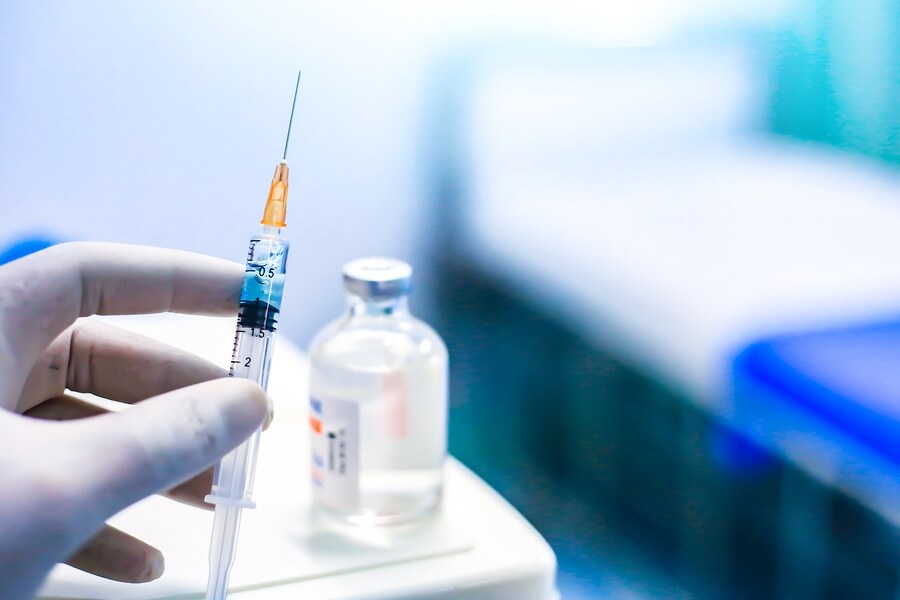Everywhere you turn, there’s news about the opioid epidemic – including a groundbreaking revelation from painkiller data that was recently released. As it turns out, 76 billion prescription pain pills were pumped into the U.S. from 2006 to 2012 and distributed to Americans through their doctors and pharmacies.
In many cases, opioids were prescribed to manage pain after an injury or surgery. But as we’ve seen throughout the country and close to home in Lorain County, that trend has quickly spiraled out of control and led to addiction and unfortunately, overdose.
In fact, according to a recent local study, there were 132 overdose deaths in Lorain County in 2017 alone. As tragic and heartbreaking as this is, there has been a breakthrough in the opioid crisis that is helping to prevent fatal overdoses from occurring.
Similar to other communities across the country, Lorain County has begun to save lives by equipping emergency medical services with naloxone. In this post, we’ll answer the following questions about this life saving drug:
- What is naloxone?
- What is naloxone used for?
- How does naloxone work?
What is Naloxone?
Naloxone, also known as Narcan, is a medication used to counter the effects of an opioid overdose. In fact, naloxone will only work if someone has opioids in their system. But one of the beneficial aspects of this drug is that it’s completely non-addictive.
Although naloxone is a great drug that can prevent overdose deaths, it’s important to note that it is very time sensitive. The earlier it’s given to someone, the better. And the clear benefit of naloxone is that it can save lives. While it doesn’t end someone’s addiction completely, it can give them a second chance to seek treatment to overcome their opioid abuse.
What is Naloxone Used For?
Naloxone is an “opioid antagonist” that can be used by emergency services or people who are trained to eliminate the life threating symptoms of an overdose. Emergency services will use naloxone when someone exhibits serious overdose symptoms – the most common being difficulty waking up, low blood pressure and breathing issues.
While naloxone can reverse an overdose, the effects aren’t long lasting and additional medical attention is needed following a naloxone injection. Since naloxone doesn’t completely remove the drugs from a person’s mind and body, they can still go into withdrawal, requiring medical care and treatment to help prevent relapse.
How Does Naloxone Work?
Opioids work by attaching themselves to receptors in the brain and triggering an increased release of endorphins. When naloxone enters the brain, it binds itself to the same receptors, kicking out the opioids and preventing them from impacting the central nervous system and respiratory nervous system. This returns the body to normal function, helping a person suffering from an overdose to breath again.
Unfortunately, as stated above, opioids don’t completely remove opioids from the mind and body. While naloxone temporarily removes opioids from the brain receptors, the body needs to go through withdrawal in order to fully process the drugs out of its system.
Unlike other medications, naloxone is only treating the symptoms of opioid addiction and not the disease, itself. Naloxone works by providing people like you or your loved one a second chance to seek addiction treatment that can help you attain long-lasting recovery.
Contact Silver Maple Recovery for Opioid Addiction Treatment
Emergency services uses naloxone to keep the opportunity open to those suffering from addiction to get treatment. You can live up to this shared hope with opioid addiction treatment at Silver Maple Recovery.
We know that change and healing is possible. Our clinical and evidence-based approach to treatment can help you break the hold opioids have on your life. Whether this is your first attempt at recovery or your next courageous try, we’re here to help. Contact one of our addiction experts today to begin your recovery journey and find long-term relief from opioid abuse.







